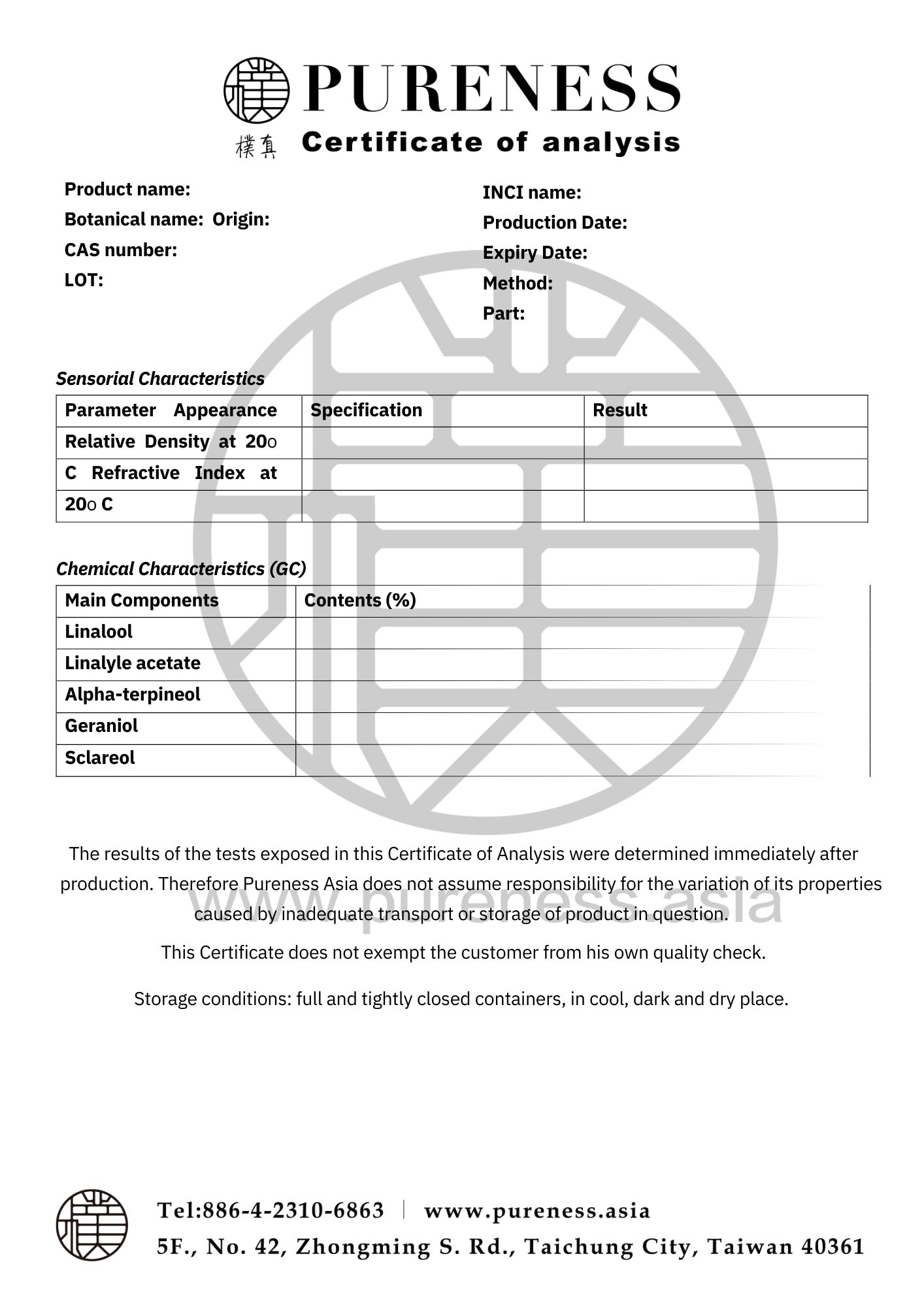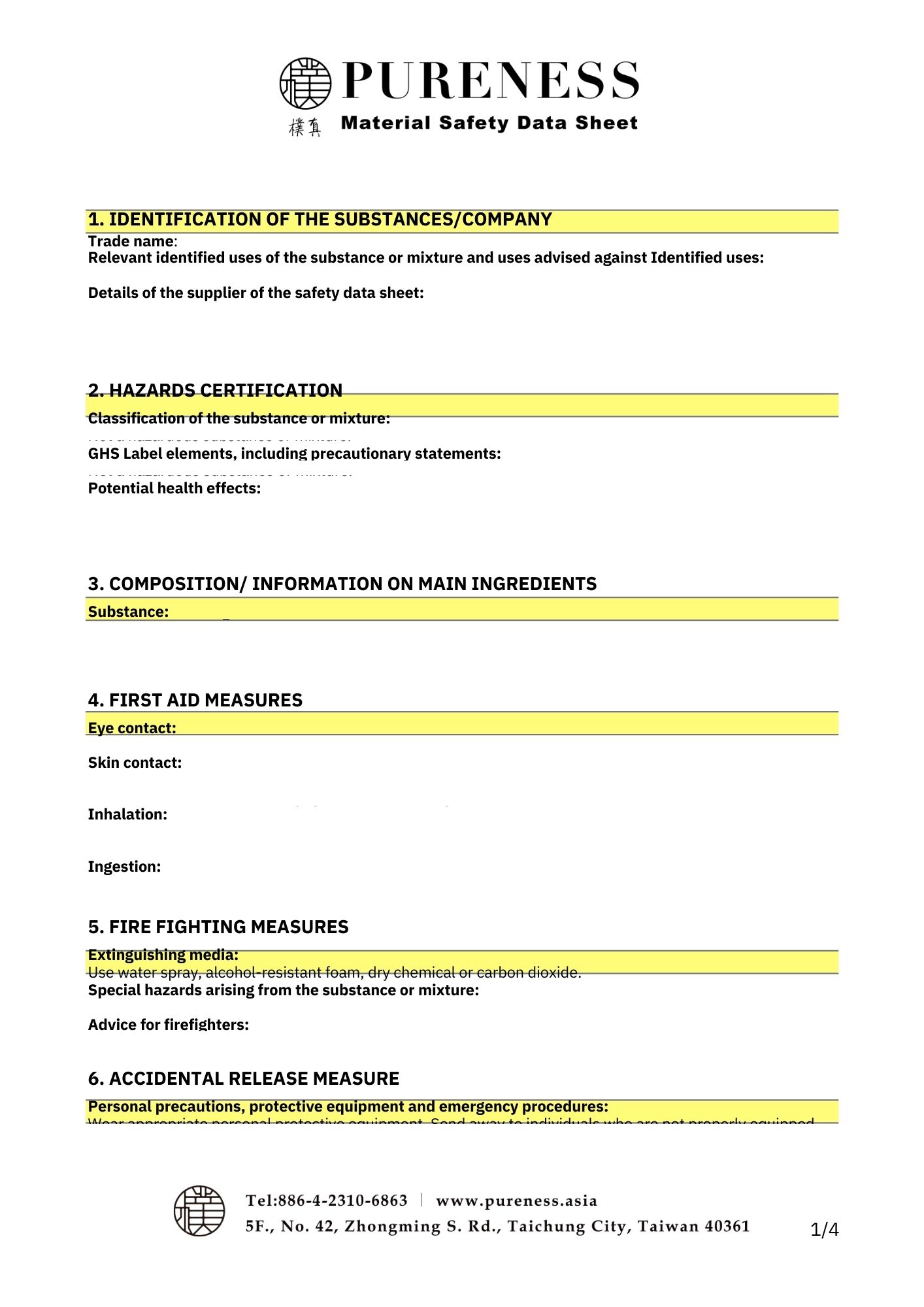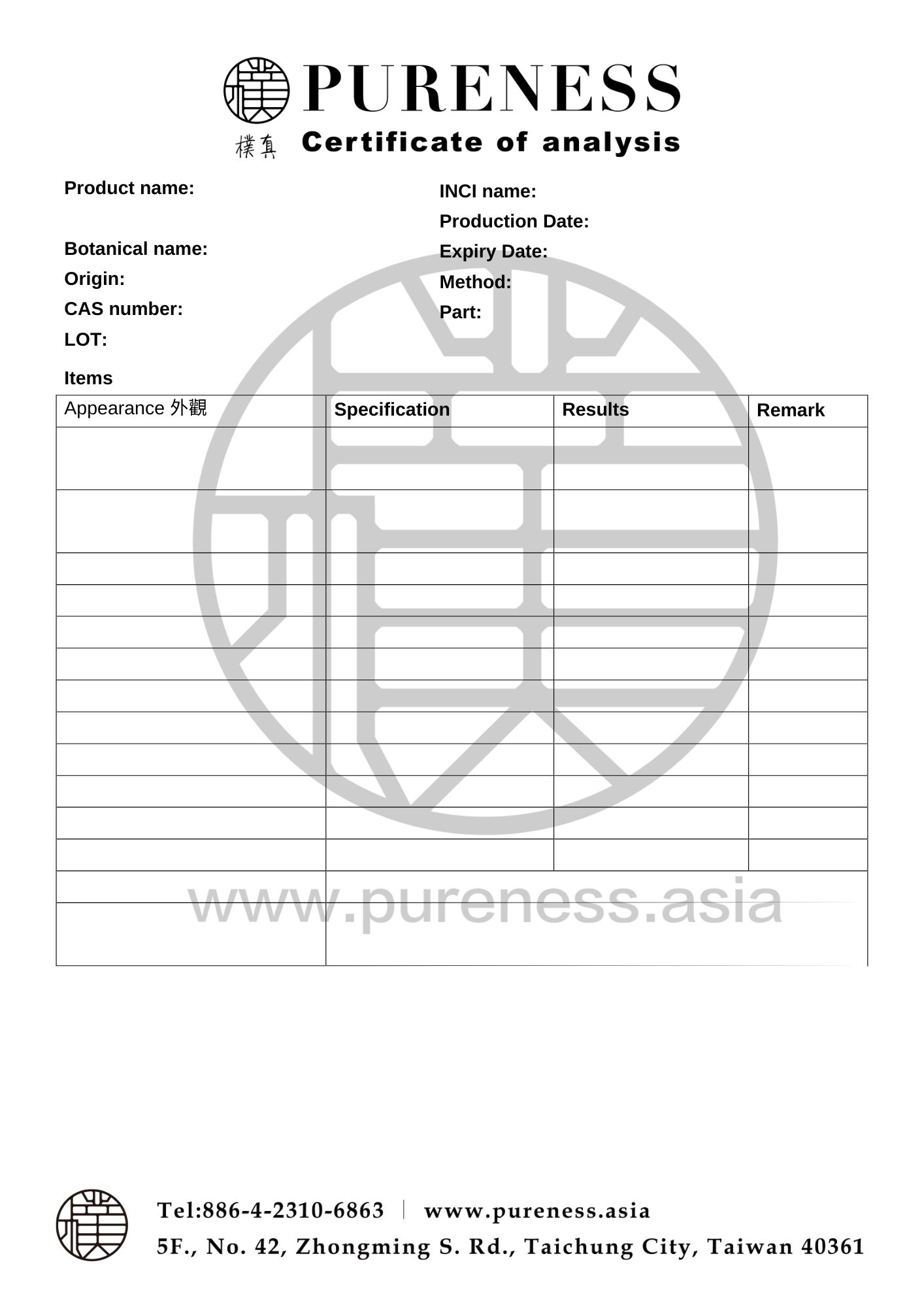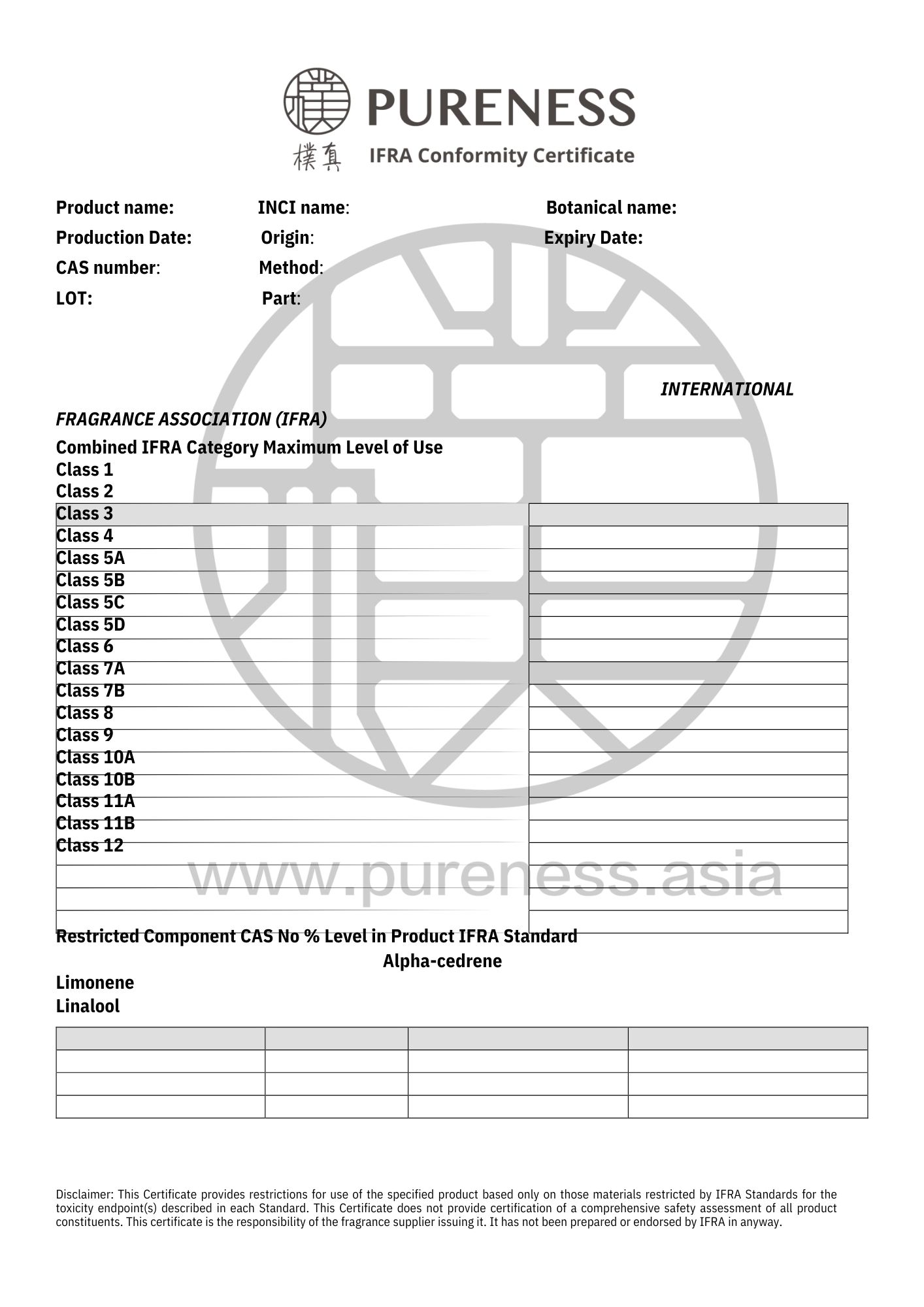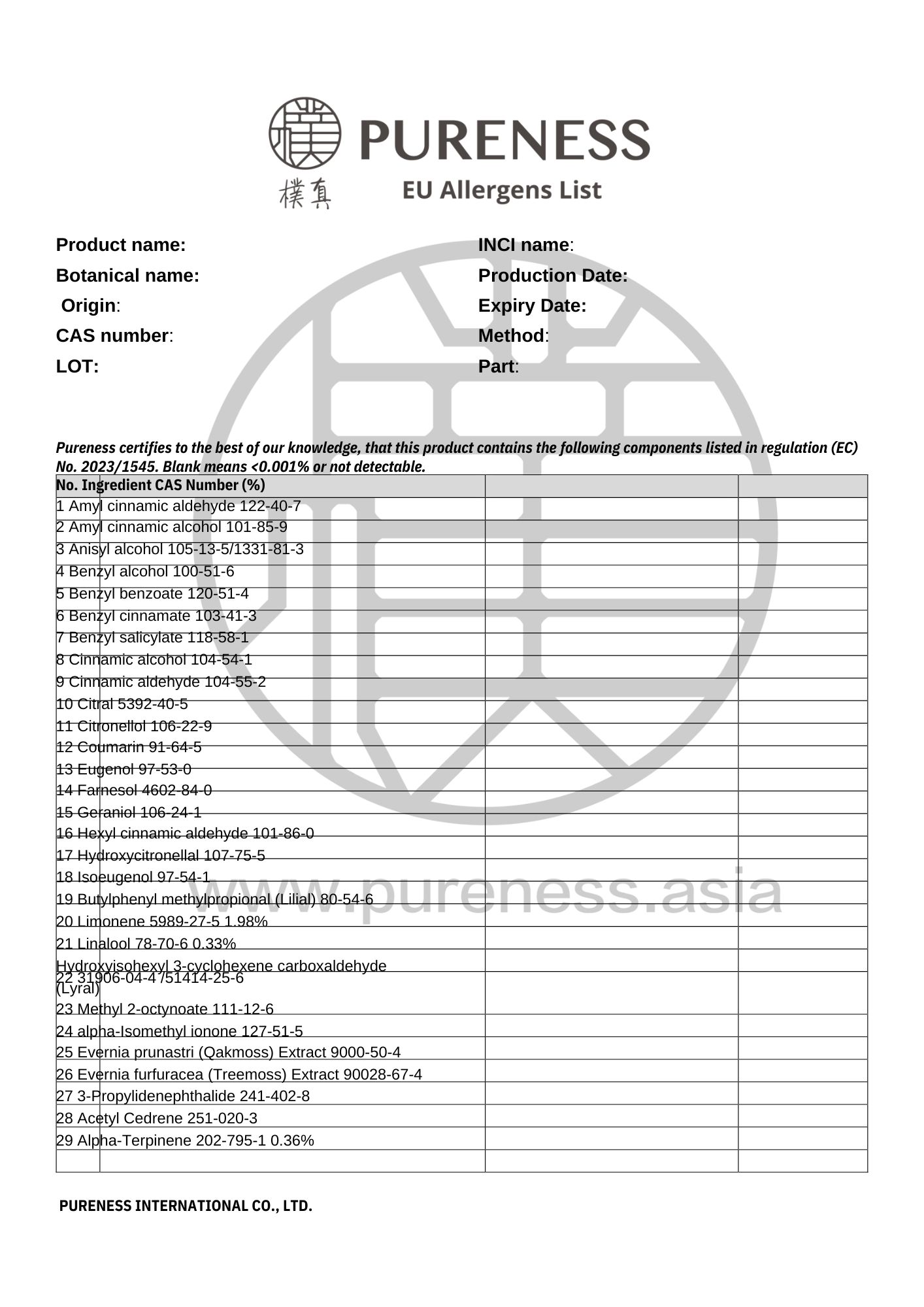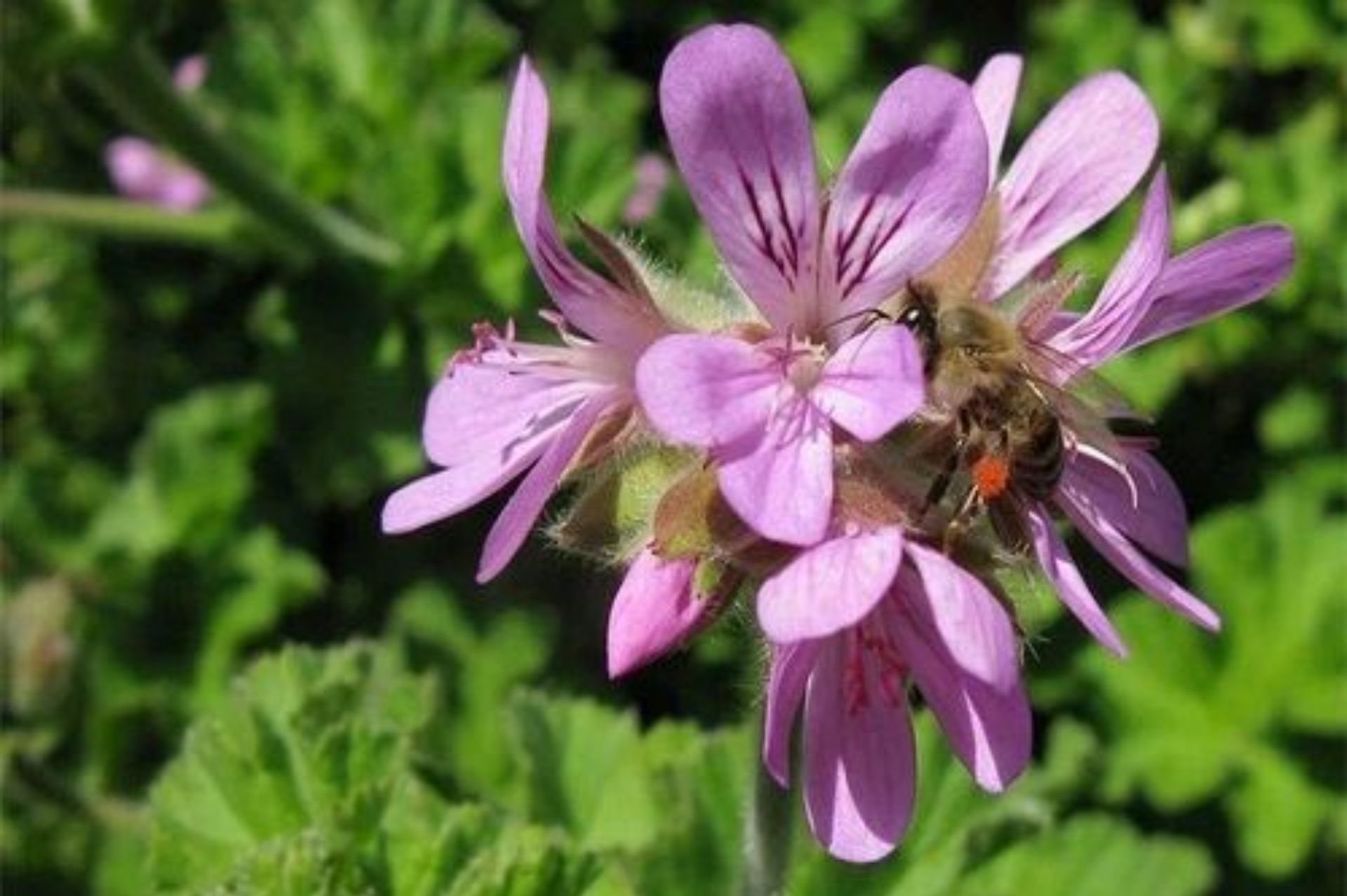
Geranium
Scientific name|Pelargonium asperum
Origin|Egypt
Classification|Flower series
Specifications|500g-25kg Please contact sales for details
Extraction part|Leaves
Extraction method | Distillation
Plant family|Rosaceae
Aroma|Fresh rose aroma
▎Essential Oil Introduction
Geranium (Pelargonium), also known as the "poor man's rose" or "mosquito plant," is a perennial herbaceous plant that can grow to about 1 meter in height. There are around 700 varieties of geraniums available, with many being ornamental. Only a few varieties are notable for essential oil extraction, including Bourbon Geranium (Pelargonium asperum) and Rose Geranium (Pelargonium roseum).
The genus name "Pelargonium" comes from the Greek word "palargos," meaning "crane," because the shape of the seeds resembles a crane's beak. Bourbon Geranium, native to Southern Europe, is named after Bourbon in central France. Today, the primary producers of Bourbon Geranium are North Africa and Egypt, with the highest quality coming from Réunion Island in East Africa.
▎Component Analysis
|Main component: Monoterpenol
Geranium from Réunion Island typically contains key components such as citronellol, geraniol, R(-)-linalool, iso-menthone, γ-eudesmol, geranyl formate, and cis-rose oxide in trace amounts. Bourbon Geranium also includes aldehydes like neral, geranial, and citral.
| Algeria | China | Egypt | Morocco | La Réunion | |
|---|---|---|---|---|---|
| Isomenthone | 5.38 | 5.70 | 5.39 | 5.20 | 7.20 |
| Linalool | 5.26 | 3.96 | 9.47 | 6.80 | 12.90 |
| Citronellyl formate | 7.57 | 11.35 | 6.74 | 6.02 | 8.37 |
| Geranyl formate | 5.90 | 1.92 | 4.75 | 6.55 | 7.55 |
| Citronellol | 22.90 | 40.23 | 27.40 | 19.28 | 21.28 |
| Geraniol | 17.07 | 6.45 | 18.00 | 18.40 | 17.45 |
| 10-Epi-γ-Eudesmol | 4.20 | - | 4.00 | 5.10 | - |
- Geranium from Morocco: Exhibits a sweet, rose-like aroma with herbal notes, and the essential oil is a deep to medium yellow
- Geranium from Egypt: Has a scent similar to Morocco's, with a yellow-green color.
- Geranium from China: Quality varies; The smell is more refreshing and direct than Réunion Island geranium, with additional lemon, rose, sweet, and herbal notes. The color ranges from deep green to olive.
|Component 1: Citronellol
Also known as "Geraniol", with the molecular formula C₁₀H₂₀O, it appears as a clear, colorless liquid with a sweet, rosy aroma. Chemically, it can be classified into "R-(+)-Geraniol", commonly found in essential oils from plants like geranium, citronella, and lemon, and "S-(-)-Geraniol", typically present in essential oils from roses and geraniums.
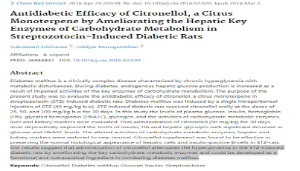
▸ Srinivasan S et al. have found that citronellol has relevant studies related to its effects on the liver.
|Component 2: Geraniol
This is trans-Geraniol, also known as citronellol. It has a rose-like fragrance and is primarily found in essential oils from citronella and rose plants. Its main applications include serving as a key sweetener in perfumes, an important ingredient for mimicking rose scent, and a component in edible flavoring. It is known for its strong antifungal properties and its ability to suppress herpes simplex virus activity.
In acidic solutions, geraniol can be converted into the cyclic monoterpene α-pinene. Geraniol, after dehydroxylation, derives the geranyl group (also known as the geranyl radical). Geranyl pyrophosphate (GPP) and geranyl-geranyl pyrophosphate (GGPP) are crucial intermediates in the cholesterol biosynthesis process. When heated in the presence of copper catalysts, geraniol can rearrange to form citronellal, which can be further reduced to citronellol.
|Component 3: Linalool
Linalool is widely used in the perfume industry, particularly for creating floral fragrances. It exists in three optical forms: left-handed, right-handed, and racemic, each with slightly different scents. It can be used as a fragrance and as a raw material for synthesizing Vitamin E and Vitamin K.
|Component 4: Iso-menthone
|Raw Material Certifications
To obtain relevant certification information, please contact us on WhatsApp.
▎References
- Srinivasan S, Muruganathan U. Antidiabetic efficacy of citronellol, a ctirus monoterpene by ameliorating the hepatic key enzymes of carbohydrate metabolism in streptozotocin-induced diabetic rats. Chem Biol Interact. 2016; 250:38-46.
- Budzyńska A et al. Enzymatic profile, adhesive and invasive properties of Candida albicans under the influence of selected plant essential oils. Acta Biochim Pol. 2014;61(1):115-21. Epub 2014 Mar 19.
- Aromatic Pelargoniums - Arnoldia - Harvard University
- Khan A, Ahmad A, Xess I, Khan LA, Manzoor N. Ocimum sanctum essential oil inhibits virulence attributes in Candida albicans.Phytomedicine. 2014 Mar 15;21(4):448-52.
- Khan A, Ahmad A, Khan LA, Manzoor N. Ocimum sanctum (L.) essential oil and its lead molecules induce apoptosis in Candida albicans.Res Microbiol. 2014 Jul-Aug;165(6):411-9.
- Nurhayat Tabanca et al. Bioactivity-Guided Investigation of Geranium Essential Oils as Natural Tick Repellents. J. Agric. Food Chem. 2013, 61, 17, 4101-4107
- Shaimaa Awadain Elsharif, Andrea Buettner. Influence of the chemical structure on the odor characters of β-citronellol and its oxygenated derivatives. Food Chemistry 2017, 232, 704-711.
- Betul Demirci, et al. Rhanterium epapposum Oliv. essential oil: Chemical composition and antimicrobial, insect-repellent and anticholinesterase activities. Saudi Pharmaceutical Journal 2017, 25 (5) , 703-708.
- K. Ghedira, P. Goetz. Géranium rosat : Pelargonium graveolens L’Hér. (Géraniaceae). Phytothérapie 2015, 13 (3) , 197-201.
- Ait Ali, M; Allaoud, S; Karim, A; Roucoux, A; Mortreux, A. Catalytic Synthesis of (R) and (S) citronellol by homogeneous hydrogenation over amidophosphinephosphinite and diaminodiphosphine rhodium complexes. Tetrahedron: Asymmetry. 1995, 6 (2): 369.
- Taylor WG, Schreck CE. Chiral-phase capillary gas chromatography and mosquito repellent activity of some oxazolidine derivatives of (+)- and (−)-citronellol. J Pharm Sci. 1985, 74 (5): 534–539.
- Revay, Edita E.; Kline, Daniel L.; Xue, Rui-De; Qualls, Whitney A.; Bernier, Ulrich R.; Kravchenko, Vasiliy D.; Ghattas, Nina; Pstygo, Irina; Müller, Günter C. Reduction of mosquito biting-pressure: Spatial repellents or mosquito traps? A field comparison of seven commercially available products in Israel. Acta Tropica. 2013, 127 (1): 63–8.
- Songkro, Sarunyoo; Hayook, Narissara; Jaisawang, Jittarat; Maneenuan, Duangkhae; Chuchome, Thitima; Kaewnopparat, Nattha. Investigation of inclusion complexes of citronella oil, citronellal and citronellol with β-cyclodextrin for mosquito repellent. Journal of Inclusion Phenomena and Macrocyclic Chemistry. 2011, 72 (3–4): 339
|Some images sourced from the internet. Contact for copyright removal|
